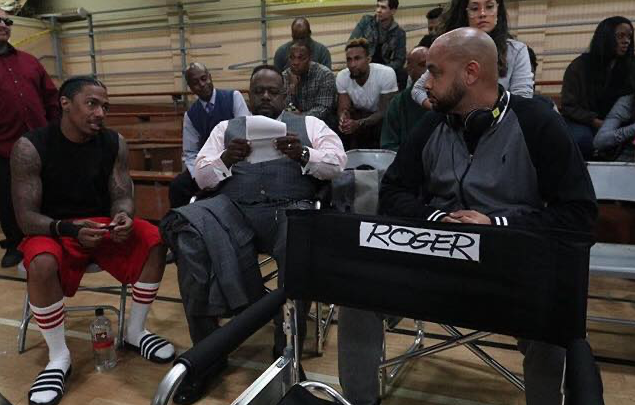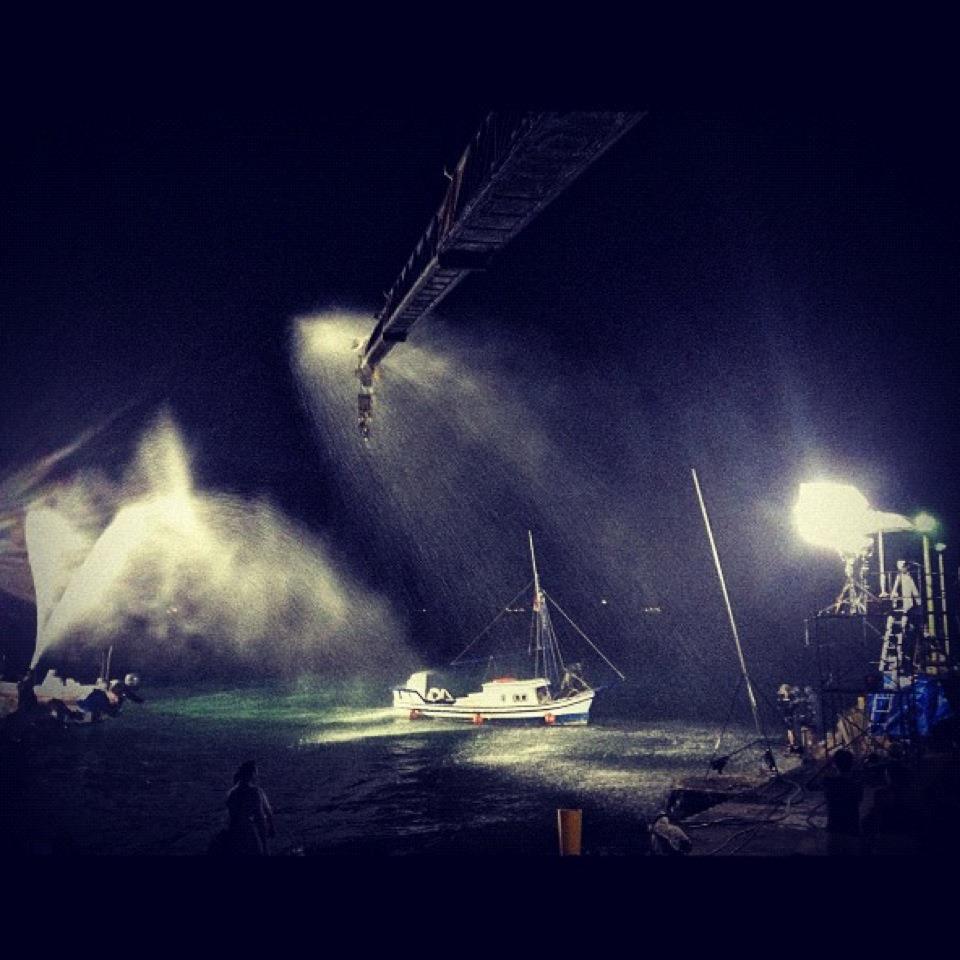INTRODUCTION AND WHY MY OPINION MATTERS.
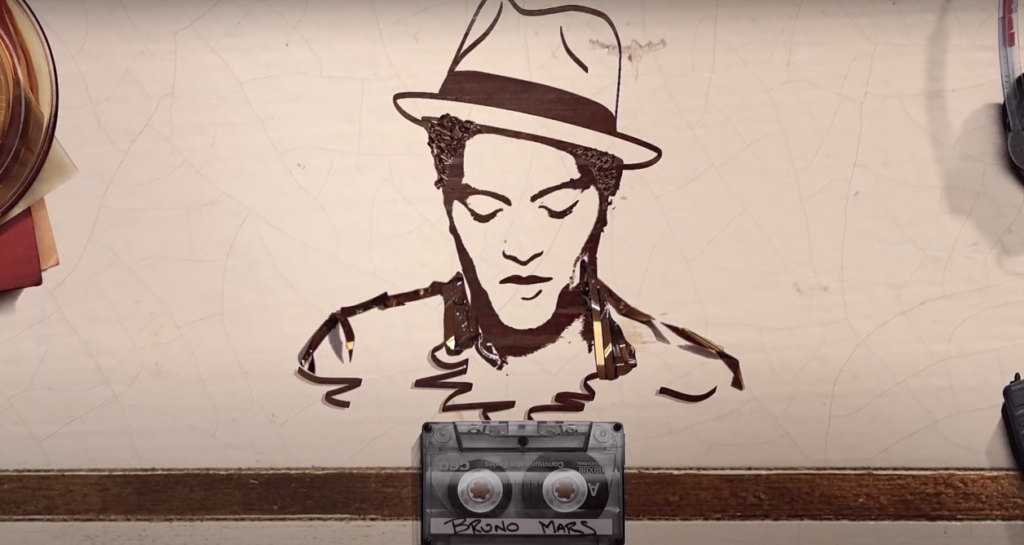
Selecting the best cameras for music videos is a critical decision that significantly shapes the visual narrative. The camera’s specifications, such as resolution and low-light performance, directly influence the video’s quality and impact.
Opting for the camera choices of a distinguished producer like Roger Ubina, who stands as one of the world’s top music video producers, adds an extra layer of assurance and excellence to the production process. Roger Ubina’s prolific portfolio includes collaborations with some of the biggest names in the music industry, including Justin Bieber, Bruno Mars, Chris Brown, and Mariah Carey.
His expertise in visual storytelling and keen eye for technological advancements make his preferred camera selections a benchmark for cutting-edge equipment in the field. By aligning with Roger Ubina’s camera choices, creators not only benefit from top-tier technology but also gain insight into the preferences that have contributed to the success of music videos for globally acclaimed artists, ensuring a production that seamlessly blends innovation and artistic vision.
What are the best cameras for music videos?
1. ARRI ALEXA
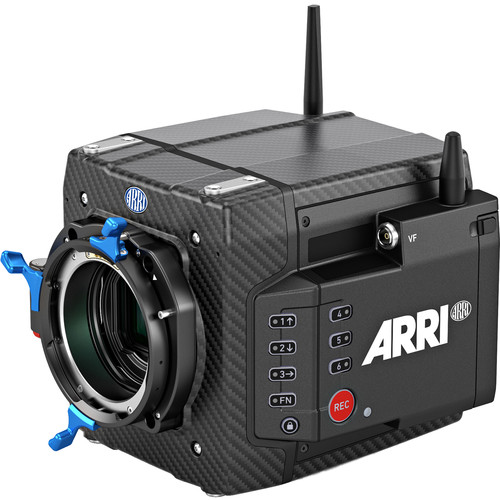
The ARRI ALEXA LF stands out as an exceptional choice for music video production, it’s one of the best cameras for music videos offering a combination of technological prowess and cinematic excellence. With its large format sensor, the ALEXA LF delivers unparalleled image quality, capturing rich details, vibrant colors, and a stunning dynamic range.
This camera’s ability to handle low-light conditions ensures that music videos maintain visual brilliance in diverse settings, from atmospheric nighttime scenes to dynamic concert venues. The ALEXA LF’s ergonomic design and user-friendly interface provide filmmakers with a seamless shooting experience, enhancing efficiency on set.
For music videos that demand a cinematic look and feel, the ARRI ALEXA LF’s capability to produce a cinematic depth of field and its versatility in accommodating a range of lenses make it an ideal choice. Renowned music video producers, including those of Roger Ubina’s caliber, often favor the ARRI ALEXA LF, underscoring its status as a top-tier tool in the industry and a reliable option for translating artistic visions into visually stunning music video masterpieces.
2. SONY VENICE
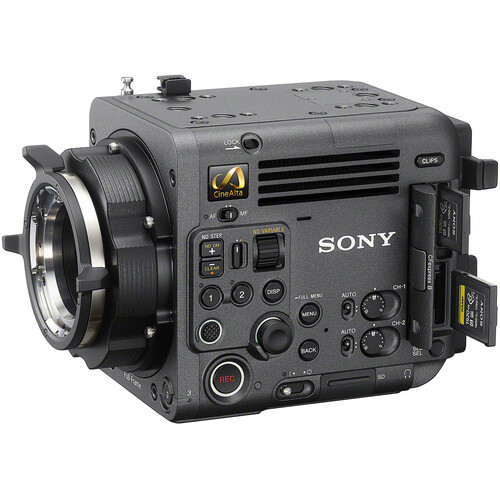
The Sony Venice camera stands as a formidable choice for best cameras for music videos, offering a compelling blend of advanced technology and versatility. With its full-frame sensor and high resolution, the Venice delivers exceptional image quality, capturing intricate details and vibrant colors.
This camera’s impressive low-light performance ensures that music videos maintain visual clarity even in challenging lighting conditions, providing filmmakers with creative freedom in diverse environments. The Venice’s user-friendly interface and customizable settings contribute to an efficient and seamless shooting experience, facilitating the realization of diverse creative visions.
Boasting a wide range of compatible lenses and a cinematic depth of field, the Sony Venice is well-suited for achieving the desired visual aesthetics in music videos. Its widespread adoption in the industry underscores its reputation as a reliable and high-performance tool, making it an excellent choice for music video creators seeking cutting-edge technology and cinematic excellence.
3. BLACKMAGIC URSA
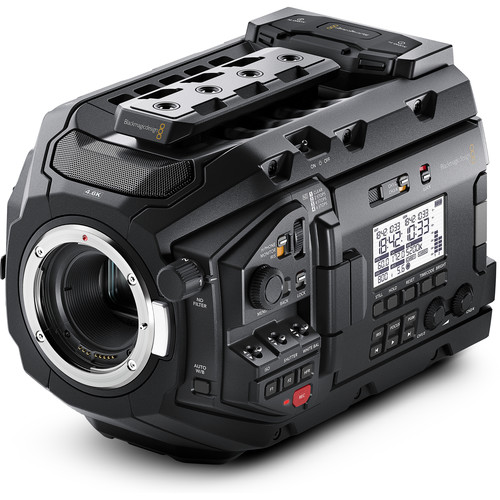
The Blackmagic URSA Mini Pro is a stellar choice for best cameras for music videos, renowned for its impressive features and cinematic capabilities. With its Super 35mm 4.6K sensor, the URSA Mini Pro captures stunning images with exceptional detail and dynamic range, providing a visually compelling foundation for music video projects.
Its versatility in handling various recording formats and high frame rates allows filmmakers to explore creative possibilities, from slow-motion sequences to rapid transitions. The camera’s ergonomic design and user-friendly interface contribute to a smooth and efficient shooting experience, enabling filmmakers to focus on capturing captivating visuals.
Additionally, the URSA Mini Pro’s compatibility with a wide range of lenses enhances its adaptability to different creative visions. As a cost-effective yet powerful option, the Blackmagic URSA Mini Pro has gained popularity in the music video industry, proving itself as a reliable tool for creators seeking high-quality imaging and flexibility in their productions.
These are the best cameras for shooting music videos.
WHAT IS A MUSIC VIDEO?
Music videos have become an indispensable tool for music artists in today’s digital age. They offer numerous benefits to musicians, playing a pivotal role in shaping their careers. A well-crafted music video can be a powerful promotional tool that enhances an artist’s visibility, audience engagement, and overall success.
First and foremost, music videos provide a visual dimension to the music, allowing artists to convey their artistic vision and storytelling in a compelling manner. A carefully crafted video can create a lasting impression, strengthening the emotional connection between the artist and their audience. It’s an opportunity to reinforce the song’s message and capture the viewer’s attention.
On the flip side, a poorly executed music video can have detrimental consequences. It may not align with the song’s message, leading to confusion or disinterest among viewers. Inconsistent quality, low production values, or a lack of creativity can tarnish an artist’s image and potentially harm their career. In the age of social media, a subpar video can quickly become a subject of ridicule or criticism.
Conversely, a high-quality, visually stunning music video can catapult an artist to stardom. It can go viral, generate buzz, and attract new fans. A great video can make an artist stand out in a crowded industry, solidify their brand, and open doors to new opportunities, including collaborations and endorsements.
In conclusion, music videos are a double-edged sword for artists. When done right, they can elevate a career, but when done poorly, they can have detrimental consequences. A compelling music video is an essential investment in a music artist’s journey towards success, making it an art form worth mastering.
HISTORY OF MUSIC VIDEOS.
The history of music videos is a fascinating journey that spans over several decades, reflecting the evolution of technology, culture, and artistic expression. While the concept of pairing visuals with music has ancient roots, the modern music video as we know it began to take shape in the mid-20th century.
The first-ever music video is often attributed to Queen’s “Bohemian Rhapsody,” released in 1975. Although the term “music video” wasn’t widely used at the time, the promotional film made for the song marked a significant departure from traditional live performances captured on film. Directed by Bruce Gowers, the “Bohemian Rhapsody” video featured the band members in various surreal scenes, creating a visual narrative that complemented the operatic structure of the song. This groundbreaking approach laid the foundation for the music video as a distinct and influential art form.
However, it’s essential to note that the roots of combining music and visuals date back even further. In the 1960s, artists like The Beatles and The Rolling Stones experimented with short promotional films for their songs. These films, often featuring the band performing in unique settings, served as early precursors to the music videos that would become ubiquitous in the following decades.
The true proliferation of music videos occurred in the 1980s with the advent of cable television and dedicated music video channels. MTV, launched in 1981, played a pivotal role in popularizing the format, transforming it into a mainstream phenomenon. Suddenly, musicians had a new platform to showcase their work, and the music video became a vital component of an artist’s overall marketing strategy.
As MTV gained traction, music videos became more elaborate and sophisticated. Directors like David Fincher and Spike Jonze brought cinematic techniques to the medium, pushing the boundaries of storytelling and visual effects. Michael Jackson’s “Thriller,” released in 1983, is a landmark example of this trend. Directed by John Landis, the “Thriller” video was a mini-movie that featured intricate dance sequences, special effects, and a narrative, setting new standards for the possibilities of the music video as an art form.
The 1990s saw further diversification in music video styles. Genres like hip-hop embraced the medium, using videos not only as a promotional tool but also as a means of artistic expression. The use of animation, experimental visuals, and narrative storytelling continued to evolve, with directors like Hype Williams and Michel Gondry leaving an indelible mark on the era.
The rise of the internet in the late 1990s and early 2000s brought about a profound shift in how music videos were consumed. With platforms like YouTube emerging, artists could now reach global audiences without the need for traditional television channels. This democratization of distribution allowed independent and emerging artists to compete on the same stage as established acts.
Simultaneously, the format of music videos underwent changes in response to the internet age. Shorter, more shareable videos became prevalent, and artists began to explore interactive and user-generated content. The boundary between official music videos and fan-created content blurred, showcasing the dynamic and interactive nature of the evolving medium.
The 2010s witnessed a resurgence of the long-form music video, with artists like Beyoncé releasing visual albums that presented a cohesive narrative across multiple songs. The increased emphasis on visuals in the streaming era, with platforms like Spotify and Apple Music incorporating video content, reinforced the importance of the music video as a storytelling tool.
Today, music videos continue to be a vital aspect of the music industry. Artists leverage the medium not only for promotional purposes but also as a form of artistic expression and social commentary. The democratization of video production tools has empowered independent artists to create compelling visuals on a budget, contributing to the diverse landscape of contemporary music videos.
In conclusion, the history of music video is a rich tapestry that weaves together technological advancements, cultural shifts, and artistic innovation. From the pioneering days of Queen’s “Bohemian Rhapsody” to the multimedia experiences of the present, music videos have evolved into a dynamic and integral component of the music industry, offering artists a powerful medium to connect with audiences and leave a lasting visual imprint on the collective cultural consciousness.
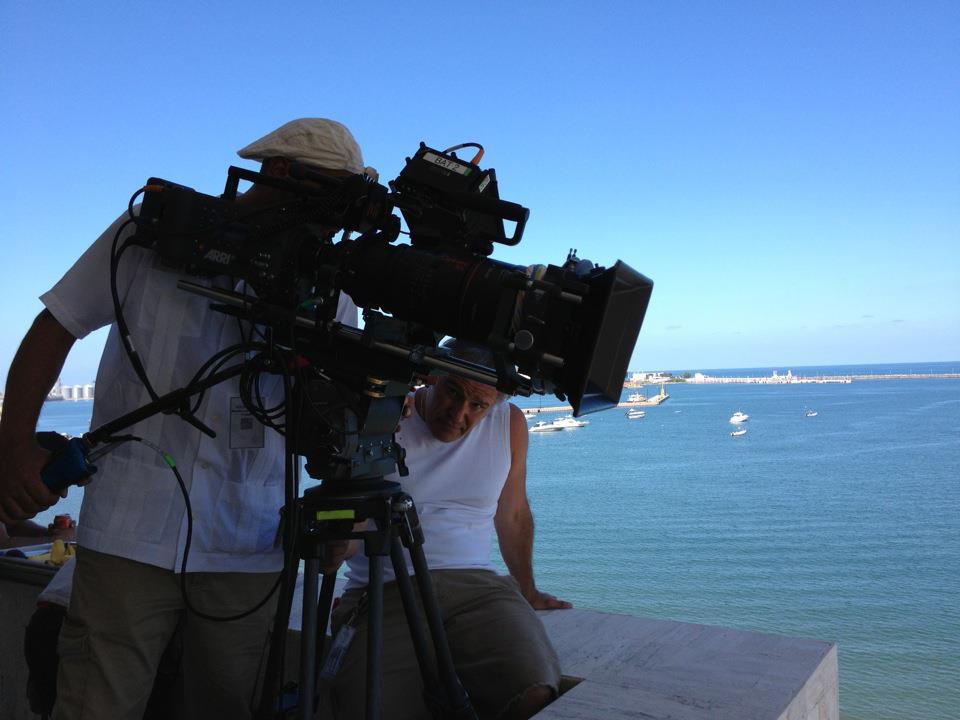
MUSIC VIDEO DIRECTORS.
A music video director is a creative professional responsible for translating the essence of a song into a visual narrative. This role involves a combination of artistic vision, technical expertise, and collaboration with artists and production teams. The music video director plays a pivotal role in bringing a song to life visually, capturing the audience’s attention and enhancing the overall impact of the musical piece.
One of the primary responsibilities of a music video director is to conceptualize and develop the creative vision for the video. This involves understanding the mood, theme, and message of the song and devising a visual representation that complements and enhances these elements. The director works closely with the artist or band to ensure that the video aligns with their artistic identity and vision, creating a cohesive and engaging experience for viewers.
The director is also involved in planning and coordinating various aspects of production, including selecting locations, casting performers or actors, and collaborating with other creative professionals like cinematographers, editors, and costume designers. Attention to detail in these areas is crucial, as they contribute to the overall visual aesthetic and storytelling of the music video.
During the actual filming, the director directs the action, guiding the performers and crew to capture the desired shots and scenes. They make decisions on camera angles, lighting, and composition, ensuring that the visual elements align with the established creative vision. The director’s role is to bring out the best performances from the artists, creating a synergy between the music and the visuals.
Post-production is another significant phase in which the director works closely with editors and other post-production professionals. They review the footage, make decisions on the final cut, and may contribute to the inclusion of special effects or visual enhancements. This stage is critical in refining the visual narrative and ensuring that the finished product meets the director’s creative vision and the expectations of the artists and the audience.
Several directors have left an indelible mark on the history of music videos. Michel Gondry is renowned for his innovative and visually stunning work. His collaborations with artists like Björk and The White Stripes are celebrated for their whimsical and surreal aesthetic. David Fincher, known for his cinematic approach, directed iconic music videos such as Madonna’s “Vogue” and Nine Inch Nails’ “Closer.” Hype Williams, a prolific director in the hip-hop genre, has crafted visually striking videos for artists like Kanye West and Beyoncé. Spike Jonze, recognized for his unique storytelling and creative concepts, directed memorable videos like Fatboy Slim’s “Praise You” and Beastie Boys’ “Sabotage.”
The role of a music video director continues to evolve with advancements in technology and changes in the music industry. Directors today navigate the challenges of creating visually compelling content for various platforms, including traditional television, online streaming services, and social media. As music videos remain a crucial element of an artist’s brand and promotion, the role of the director remains central in shaping the visual landscape of contemporary music.
In essence, a music video director is a storyteller, visual artist, and collaborator, weaving together the auditory and visual elements of music to create a captivating and memorable experience for audiences worldwide. Their ability to translate the emotional and artistic core of a song into a visual masterpiece defines their significance in the dynamic realm of music videos.
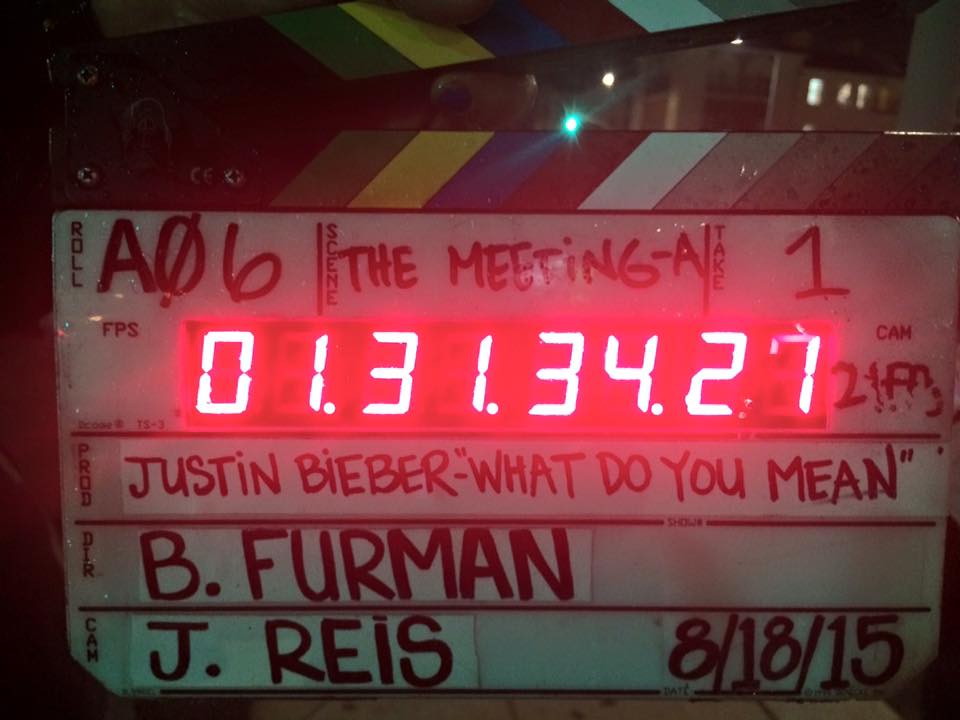
WHAT IS A MUSIC VIDEO PRODUCER.
A music video producer serves as the linchpin in the creation of a compelling visual accompaniment to a musical piece. Responsible for overseeing the entire production process, the music video producer plays a pivotal role in transforming creative concepts into tangible visual experiences.
Their tasks include budgeting, hiring key personnel such as directors and cinematographers, securing locations, and managing the logistical intricacies of the production. Working closely with the artist or band, the producer ensures that the video aligns seamlessly with the song’s message and the artist’s image.
From concept to completion, the music video producer is integral in maintaining the project’s creative vision while navigating the practical complexities of production. Ultimately, their adept coordination and strategic decision-making contribute significantly to the success of the music video, enhancing its impact and fostering the artist’s broader visibility in the music industry.
Other Camera Great for video production
The top five features that distinguish exceptional video cameras include a combination of resolution, dynamic range, low-light performance, frame rate capabilities, and ergonomic design. High resolution, often measured in pixels, ensures crisp and detailed images, contributing to the overall visual quality of the footage.
Dynamic range, the camera’s ability to capture both highlights and shadows, is crucial for maintaining detail in diverse lighting conditions, providing a cinematic look. Low-light performance is another vital feature, enabling filmmakers to shoot in challenging environments while preserving image clarity. Frame rate capabilities, including high-speed options for slow-motion sequences, offer creative flexibility.
Lastly, ergonomic design features such as user-friendly interfaces, customizable controls, and portability contribute to a seamless and efficient shooting experience, allowing filmmakers to focus on creative expression without technical hindrances. A camera that excels in these areas is well-equipped to meet the demands of professional video production across various genres, including music videos.
Best Cameras for music videos,Best Cameras for music videos,Best Cameras for music videos,Best Cameras for music videos,Best Cameras for music videos,Best Cameras for music videos,
THE POWER OF MUSIC VIDEOS.
The power of creating a great music video lies in its ability to transcend the auditory experience and engage the audience on a visual and emotional level. In the contemporary music industry, where visual content is easily shareable and accessible, a compelling music video has the potential to elevate an artist’s career, amplify the impact of a song, and leave a lasting impression on viewers.
A well-crafted music video enhances the storytelling inherent in the song, providing a visual narrative that complements and deepens the emotional resonance of the music. It allows artists to express themselves in a multi-dimensional way, conveying not only the sonic elements of their work but also their visual identity and artistic vision. This synergy between audio and visual components creates a more immersive experience for the audience, fostering a deeper connection with the music.
Moreover, a great music video serves as a powerful promotional tool in the digital age. With platforms like YouTube, Vevo, and social media channels dominating how people consume content, a visually striking video can significantly increase an artist’s visibility.
The shareability of videos on social platforms enables rapid dissemination, potentially reaching audiences far beyond the artist’s immediate fan base. The viral nature of certain music videos has catapulted relatively unknown artists to global stardom, showcasing the transformative impact of a well-received visual accompaniment.
The influence of a music video extends beyond promotional efforts, as it contributes to shaping an artist’s brand and identity. The visual elements of a music video become intertwined with the public’s perception of the artist, influencing how they are perceived in the media and by their audience. Iconic music videos have become synonymous with certain artists, solidifying their place in cultural history and contributing to the overall legacy of their careers.
In addition to its promotional and branding power, a great music video has the potential to redefine cultural norms, challenge societal expectations, and contribute to conversations surrounding social issues. Music videos have historically been a platform for artists to make political statements, celebrate diversity, and address societal concerns. These visuals can serve as a form of visual activism, amplifying the impact of the message and sparking important dialogues among viewers.
The aesthetic quality of a music video is another facet of its power. A visually stunning video captivates the audience, leaving a lasting impression that extends beyond the duration of the song. Cinematic techniques, innovative visuals, and creative storytelling contribute to the overall artistic merit of a music video. Directors and cinematographers play a crucial role in bringing the artist’s vision to life, with their creative choices directly impacting the visual appeal and memorability of the video.
The collaborative nature of music video production also enhances its power. Directors, producers, choreographers, and other creative professionals contribute their expertise, resulting in a fusion of artistic disciplines.
This collaborative effort not only elevates the quality of the video but also creates opportunities for cross-disciplinary innovation. The convergence of music, film, fashion, and visual arts in music videos has led to groundbreaking works that redefine the boundaries of creative expression.
Furthermore, a great music video can enhance an artist’s live performances and touring experience. Iconic visuals from a music video become synonymous with certain songs, creating a sense of anticipation and recognition among concertgoers. Concerts and tours often incorporate elements from music videos, creating a cohesive and immersive experience that extends the impact of the visual narrative to live performances.
The financial implications of a successful music video are also noteworthy. While producing high-quality videos requires an investment, the returns can be substantial. Revenue streams from video views on platforms like YouTube, coupled with increased music streaming and sales, contribute to the overall financial success of an artist. Brands and sponsors are also attracted to artists with visually compelling content, opening up opportunities for lucrative partnerships and endorsements.
In conclusion, the power of creating a great music video is multifaceted and far-reaching. Beyond its promotional and financial implications, a well-executed music video has the ability to shape an artist’s brand, contribute to cultural conversations, and leave an indelible mark on the artistic landscape. As technology continues to evolve and visual content remains a dominant force in the entertainment industry, the significance of crafting compelling music videos is poised to endure, offering artists a potent means of connecting with their audience and leaving a lasting legacy in the world of music and visual arts.
Roger Ubina stands as an accomplished and highly regarded music video producer, recognized for his exceptional contributions to the visual landscape of the music industry. With an impressive portfolio spanning a diverse range of genres, Ubina has collaborated with some of the biggest names in the music business, including Justin Bieber, Bruno Mars, Chris Brown, and Mariah Carey.
His innovative approach to storytelling, coupled with a keen eye for cinematic aesthetics, has set him apart in the competitive realm of music video production. Ubina’s work is characterized by its visual sophistication, seamlessly blending technical expertise with artistic creativity.
His ability to translate the essence of a song into captivating visual narratives has made him a sought-after collaborator and has significantly contributed to the success of numerous music videos. With a legacy marked by his influence on the industry’s visual language, Roger Ubina continues to leave an indelible mark on the world of music video production.
